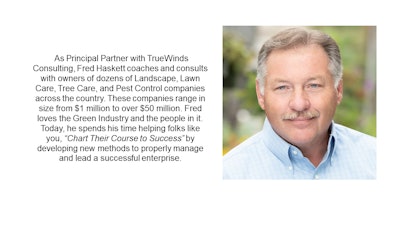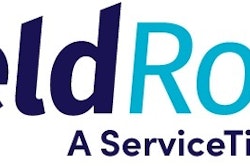
Lou Holtz once said, “You’re either growing or you’re dying.” That quote has resonated with me for a long time. We must remain ready for growth and change. The second that we start maintaining or succumbing to the status quo is the moment that we are setting ourselves up for failure.
We know this already; in fact, we hear this time and time again. Yet we remain caught stuck in how we act. Why is change such a bad concept? Time and time again I see people that would rather be unhappy and comfortable than be uncomfortable.
There lies the issue – people want to be comfortable. No one wants to be uncomfortable if they do not have to be.
Change normally requires us to move from an area of familiarity and comfort to an area that is unfamiliar and uncomfortable. This is why that change is unsuccessful rather than successful.
So, how do we make change worthwhile?
John Kotter developed a process of change in his book, "Leading Change." It breaks change down into an eight-step process.
1. Create a sense of urgency: What is the need for change?
Is it a natural evolution? Is it a response to the competition? Is it an internal response? Or is it a response to better serve clients? There is power in numbers, and the more people that can see the need will better serve to initiate the change. Whether that is gaining support from leadership, internal stakeholders, or external stakeholders gathering information and exploring options is key in this step.
2. Build a guiding coalition: Who is the group that is going to buy into change?
As many times as we see great individual efforts in the arena of sports, it takes a team to win. Building a team that buys into the change will not only help initiate the change, but it will help execute the change. Who can be part of the team? It would make sense to get the best cross-sectional representation of the organization. People representative of the different functions are able to add input and perspective to give a holistic view of the change.
3. Create the vision: What is your destination?
People need a specific target if they are to navigate from beginning to end. This is where the team is vital; involving them in creating the vision will not only gain you a better perspective on the end goal but it helps to create the buy-in and lowered resistance to the change.
4. Communicate the vision: What are your channels of communication?
You will want to utilize all channels; in fact, it may seem that you are over-communicating but it is necessary. You want your people to have the necessary information to implement the change. There should never be a question as to what your guiding vision is.
5. Empower others to act: You have to let go and allow others to act
If you try to control everything, then you are setting yourself up to not succeed. Let your people act – sure there will be mistakes made but give them the guidance and the tools to succeed. You will also be surprised by how people will rise to the occasion to execute.
6. Celebrate short-term wins: It's not about the end result
Instead, it’s about the actions and transformations that get you there. Recognize those that have been involved. It is also a good measuring stick to see how the change is progressing. Are you where you need to be? Taking periodic inventory allows you to adjust the sails if necessary.
7. Sustain improvements: Inspect what you expect
You have to maintain the momentum that you have been building. Remember the laws of inertia – an object in motion tends to stay in motion. Change behaves very similarly to that. Continue to expect results, empower others, and keep recognizing those wins.
8. Make the change
By now, you should see that the change that you had visualized is now coming to fruition. It’s a new day in your organization where the status quo is no longer accepted. The new expectations and behavior should be accepted by the masses.











